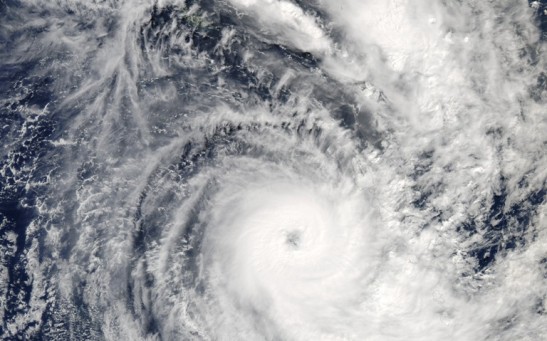Weather
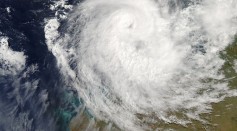
NASA Sees The Formation Of Tropical Storm Frances In The Northern Territory Australia
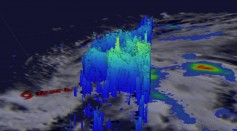
NASA, JAXA See Vertical Wind Shear Around Low-Level Center Of The Tropical Storm Muifa
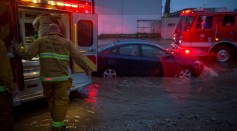
From Drought To Flood, California Swings Between Extreme Weathers

Extreme Weather Events Linked To Climate Change Impact On The Jet Streams

Scientists Warn Of Deadlier Heat From Climate Change

Weather Time Machine Invented For Cool Roofs Testing

Climate Change In Australia Brings People Extreme Weathers
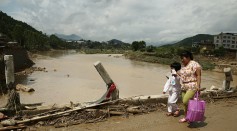
IBM, The Weather Company Develop The First Mobile Mesh Network Alerts Weather App
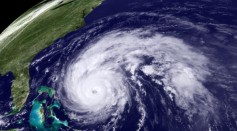
Why Wait for Hurricane Season when you can Make One in the Lab?
Satellite Data Reveal an Alarming Trend in Antarctica
Heavy Rain and Twisters Sweep the Midwest
Seventeen Years of Waiting Meets More Delays—Weather Pushes SpaceX Dscovr Launch to Tuesday
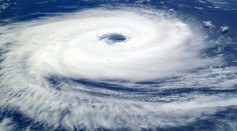
Extreme Weather Risk Doubles Due To Global Warming

Extreme Weather Risk Doubles Due To Global Warming
Most Popular

How Technology Is Changing the Real Estate Industry?

Nikolay Karpenko Biography, Photo, Career, Accomplishments

How a Plant-Based Diet Can Protect Against Breast Cancer: Insights from Nutrition Research

The Role of AI in the Next Generation of Logistics: Insights from Tobias Waldhecker

